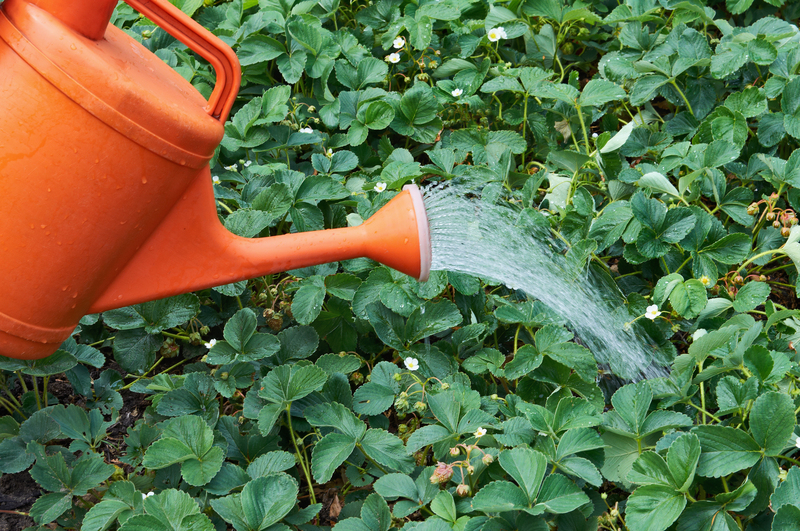 Essential Pruning Guide for UK Gardens
Essential Pruning Guide for UK Gardens A well-maintained garden not only enhances the beauty of your property but also ensures the health and vigor of your plants.
 Essential Pruning Guide for UK Gardens
Essential Pruning Guide for UK Gardens A well-maintained garden not only enhances the beauty of your property but also ensures the health and vigor of your plants.
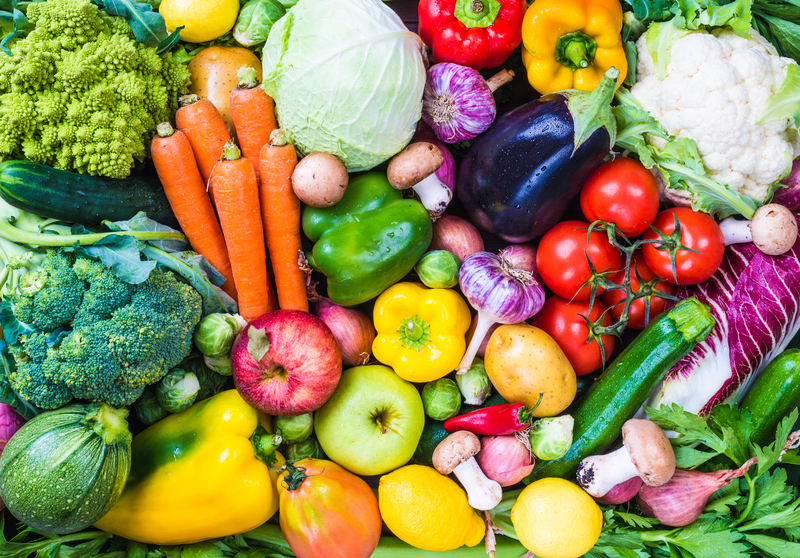 How to Spot Grub Damage in Yards
How to Spot Grub Damage in Yards Grubs are the larval stage of various beetles, including Japanese beetles, June beetles, and European chafers. They live in the soil and primarily feed on the roots of grasses and plants.
 Enhancing Your Garden for Birds
Enhancing Your Garden for Birds Creating a bird-friendly garden is a delightful endeavor that rewards you with the cheerful sights and sounds of various bird species.
 Lawn Aeration: Key Benefits
Lawn Aeration: Key Benefits Maintaining a lush and healthy lawn requires more than just regular mowing and watering. One crucial practice that often goes overlooked is lawn aeration.
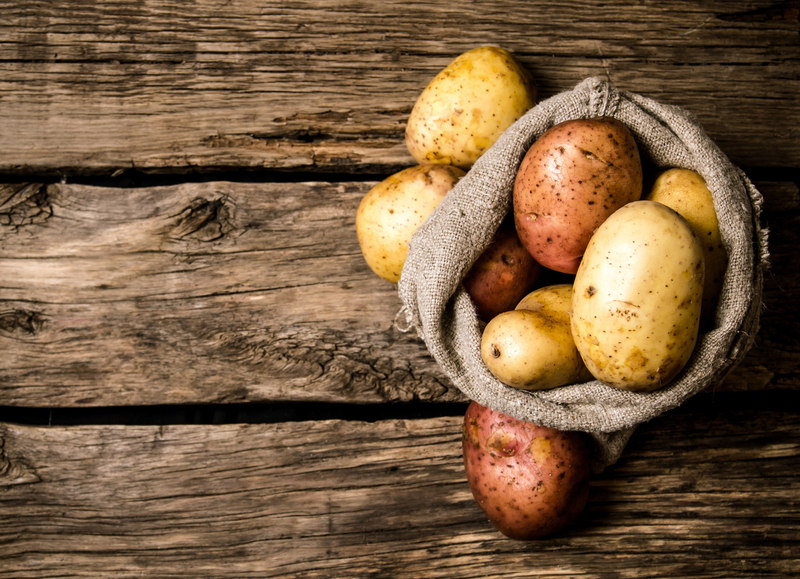 Home Mini Golf: Fun & Easy
Home Mini Golf: Fun & Easy Home mini golf is an exciting and engaging activity that can be enjoyed by individuals of all ages. It offers an excellent way to enhance your home entertainment while providing a fun avenue for physical exercise.
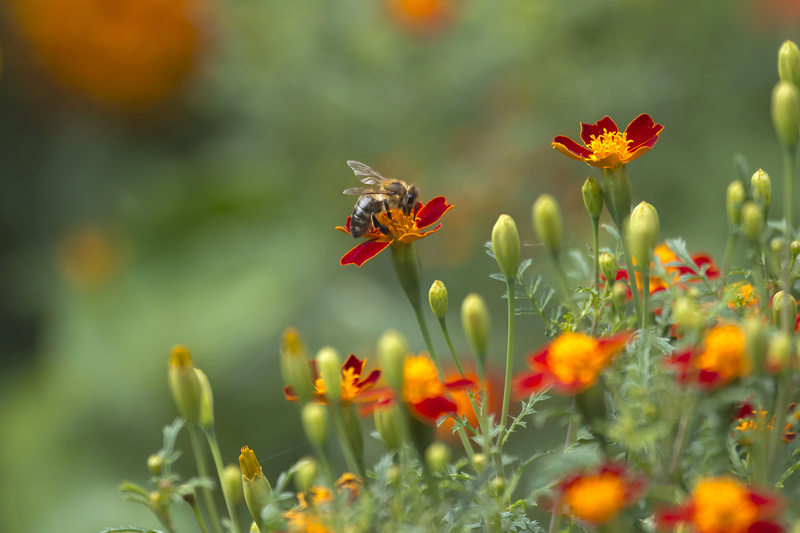 Moss: Irritant or Integral?
Moss: Irritant or Integral? Moss, those soft, green, velvety masses that we often see clinging to rocks, tree trunks, and shaded lawns, tends to evoke mixed reactions.
A flourishing garden can enhance the beauty of your home, increase property value, and provide a serene space for relaxation. But maintaining a garden can be a time-consuming and labor-intensive task.
 Perfect Small Garden Evergreen Trees
Perfect Small Garden Evergreen Trees Creating a beautiful garden that retains its lush greenery throughout the year can be achieved through the strategic use of evergreen trees.
As the cold months approach, it's crucial to prepare your garden for winter. Ready your space for the frosty weather by accomplishing these ten essential tasks.
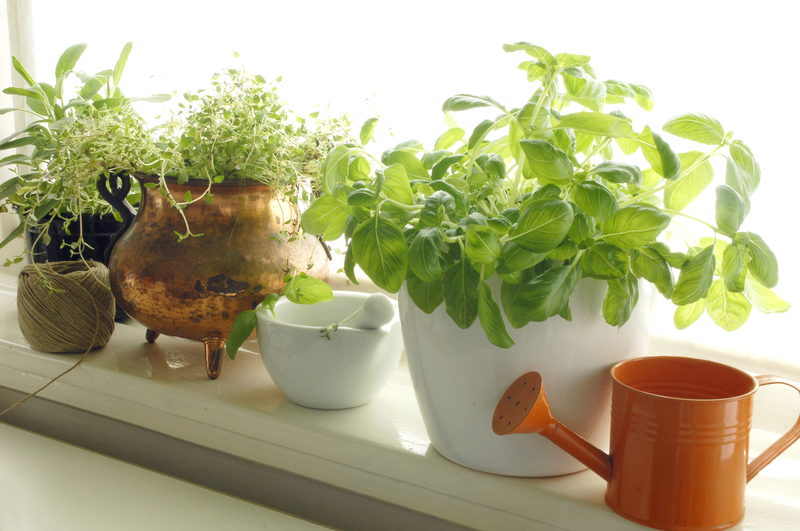 Keeping Garden Herbs Fresh
Keeping Garden Herbs Fresh Cultivating a garden filled with lush and aromatic herbs can be a source of immense joy and satisfaction. However, the challenge often arises in keeping these delightful garden herbs fresh once they have been harvested.
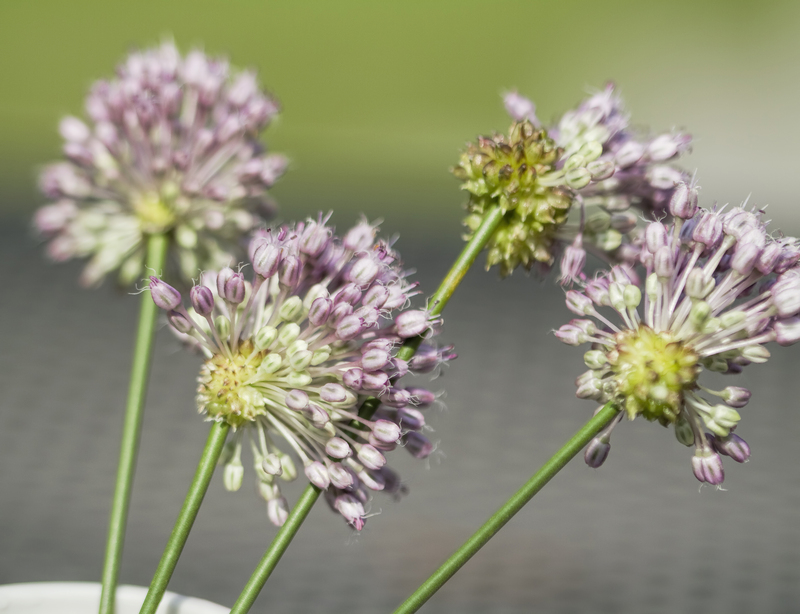 Timing Your Fertilization Efforts
Timing Your Fertilization Efforts Fertilizing your garden or crops at the right time can make all the difference in the health and productivity of your plants.
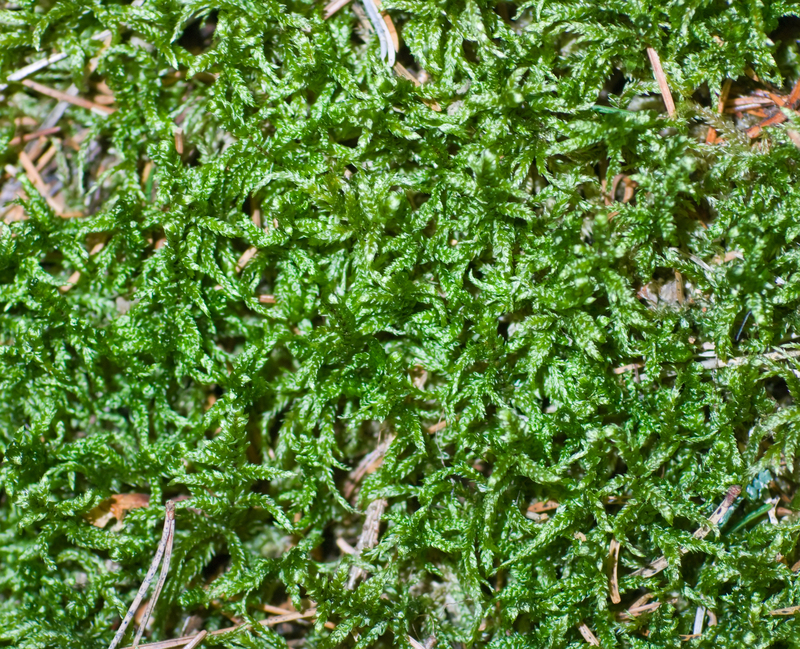 Achieving Pristine Lawns
Achieving Pristine Lawns ```html Achieving Pristine Lawns A pristine lawn is the pride and joy of any homeowner. Achieving that lush, green carpet of grass requires more than simple mowing.
